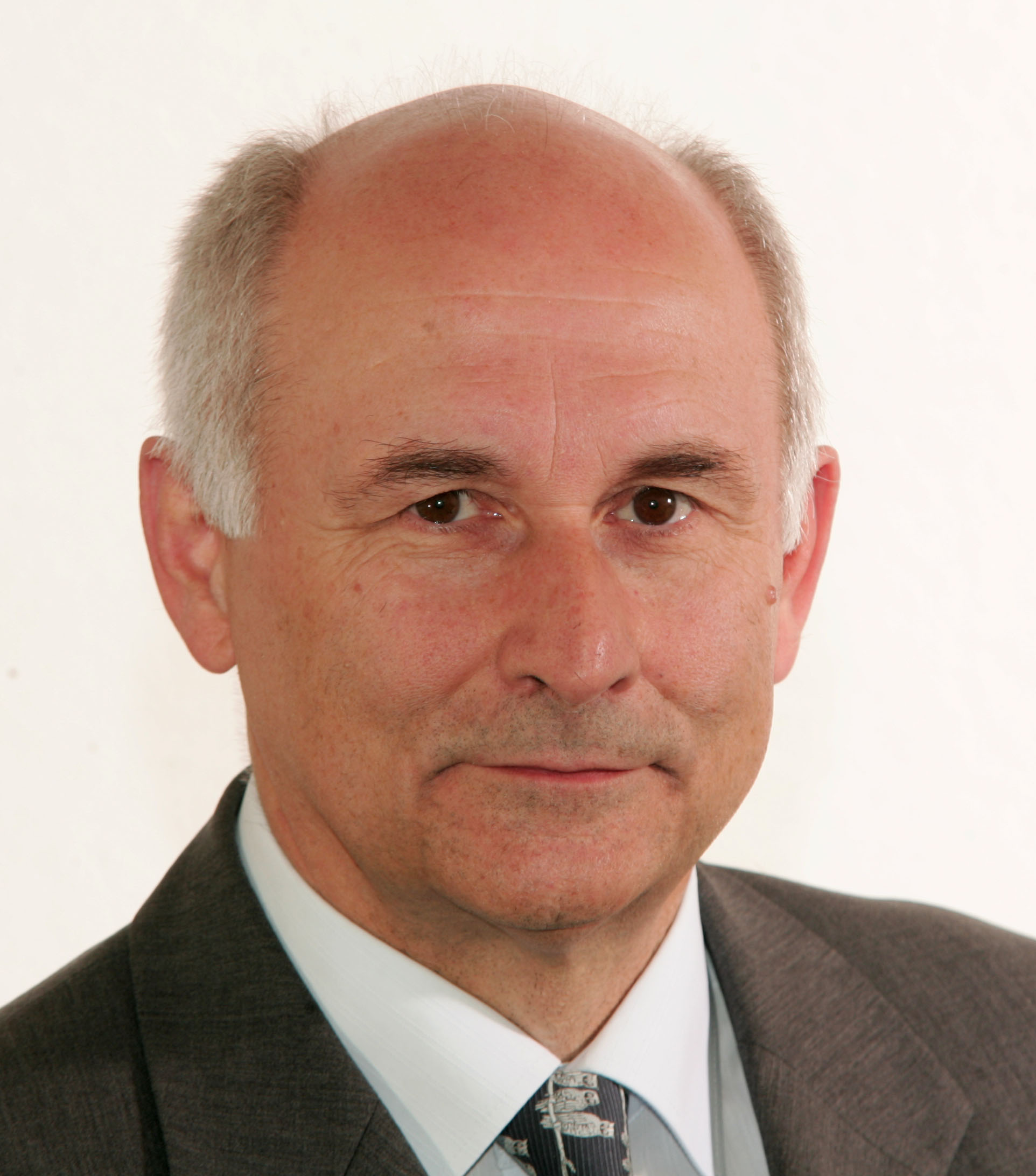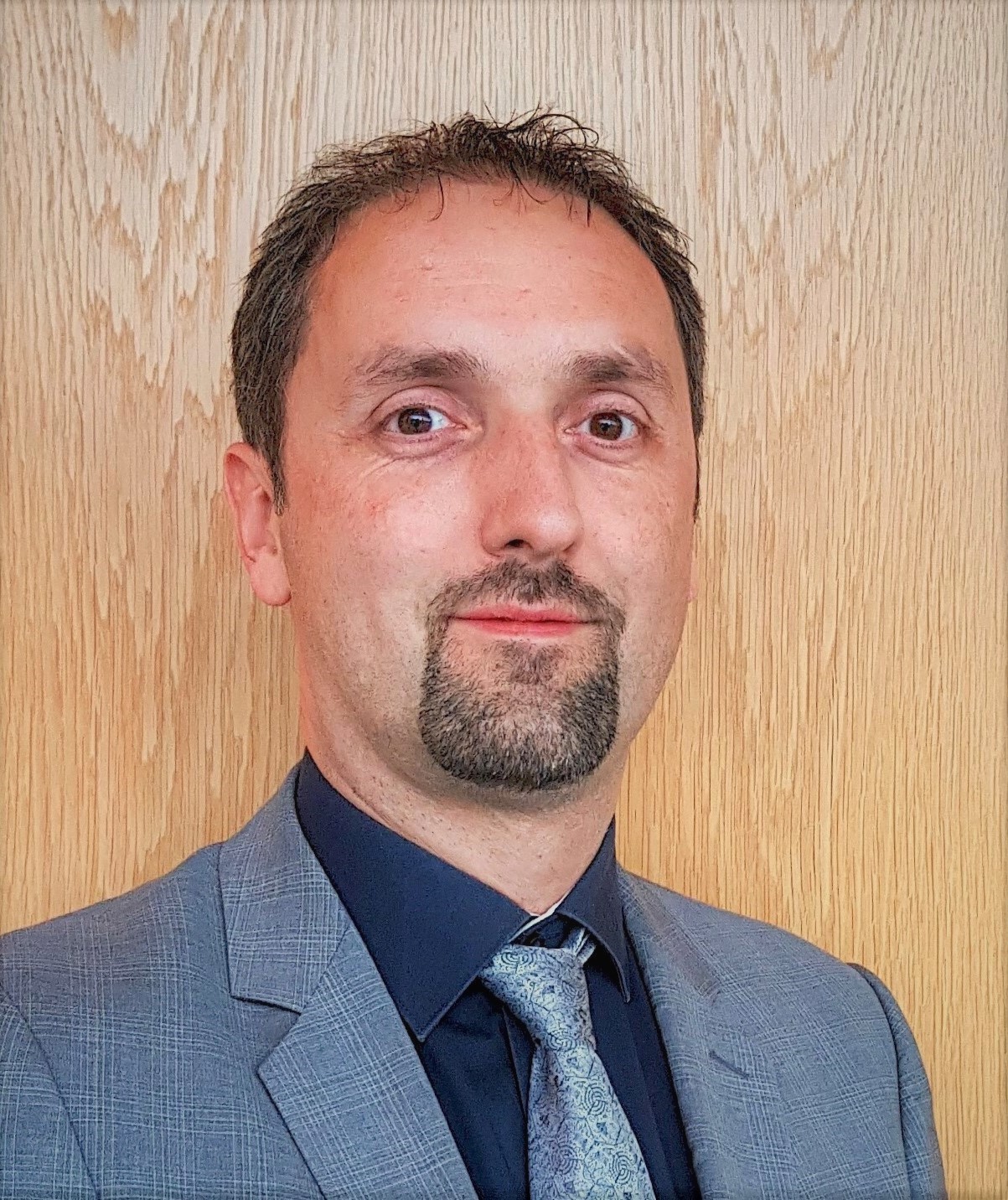An interview with Prof. Dr.-Ing. habil. Gerhard Linß and Steffen Lübbecke, managing directors of Steinbeis Qualitätssicherung und Bildverarbeitung (SQB) GmbH
Three projects, three times winners of the Steinbeis Foundation Transfer Award. Steinbeis experts Prof. Dr.-Ing. habil. Gerhard Linß and Steffen Lübbecke tell us how it’s done, the challenges that have to be overcome beforehand, and the things the prize winners plan for the future.
Hello Professor Linß, hello Mr. Lübbecke. Your Steinbeis Enterprise has now won the Steinbeis Foundation Transfer Award – the Löhn Award – three times. The first time was in 2004, the first year the award was bestowed. That’s now 15 years ago. What happened with the project afterwards, and how did your partnership with Carl Zeiss Industrial Metrology go?
Linß: We’ve enjoyed many years of research ties with Carl Zeiss since 2000, and in 2004 we won the Löhn Award for a project called ViSCAN. This project involved using an optical sensor with integrated software to take precise readings with coordinate-measurement machines made by Carl Zeiss Industrial Metrology, who are based in Oberkochen. It also meant delivering corresponding lenses, controllable LEDs, and software licenses. We’ve now delivered around 1,600 such systems to Zeiss and they’re used all around the world. We’ve been collaborating closely with Carl Zeiss IMT for a number of years now as part of a supply and quality assurance agreement.
We were also involved in adapting ViSCAN to other types of measurement machines made by Zeiss. We introduced numerous new sensors over an extended period, and the responsibility for final sign-offs was also given to SQB. So overall it’s been an extremely fruitful business relationship that has been beneficial to both parties!
The project that won you an award in 2008 involved a partnership with WAFIOS, with whom you developed an innovative, user-friendly image processing system for 100% quality in spring production. How did this partnership come about and how’s it going now?
Lübbecke: We first came into contact with WAFIOS, based in Reutlingen, through TU Ilmenau, which has highly specialized know-how in spring technology. For example in Ilmenau they organize a so-called Ilmenauer Spring Day every two years. An initial meet-up was organized with the product manager and the developers at WAFIOS, and this evolved into a close and constructive partnership based on mutual trust. SQB GmbH Ilmenau won the contract because of our many years of experience and expertise in the field of hardware and software development in industrial image processing. After years of supplying image processing systems for spring coiling machines, WAFIOS management decided to carry out more in-house development. But SQB still delivers image processing systems and spare parts for certain machine types.
The third project that won the Transfer Award was in 2011; this was also about measuring and quality. This time it involved a Japanese partner called NT TOOL CORPORATION. What was different about implementing the project?
Linß: It was a particular challenge and a new experience for us because of the language barriers, the huge distances involved, and cultural differences. The development partnership with NT TOOL lasted just under three years. They’re based in Takahama City in Japan and we had to get everything done without phone calls between the specialists. Lots of things was done via email and the internet, or by traveling all the way out to Japan. Our counterparts from Japan also came to Ilmenau twice. Lots of decisions during the development phase required several rounds of presenting concepts and ideas. Now NT TOOL has the solution we developed in one of its products in the company catalogue. Taking on the whole task of developing the hardware and software worked extremely well for our Japanese partners.
Lübbecke: Collaboration with the Japanese company NT TOOL was also extremely useful for TU Ilmenau, which is not far from where we’re based. Over the course of the project, five mechanical engineering students were able to do a four-month engineering internship at the company in Japan, at different intervals, and they gained important experience in terms of international setups and specialist topics. The feedback from all of the interns who went to Japan was extremely positive and really motivated their co-students. A number of employees also used the opportunity to go on business trips to Japan, which was also an important experience for them. On top of that, we visited the Japanese Steinbeis Transfer Center headed up by Mr. Kobori and got to know lots of new people.
Now that we’ve looked back a bit, let’s turn to the future: What developments will dictate the work at your Steinbeis Enterprise over the coming years? What challenges do you think you’ll face in the future in the field of quality management?
Lübbecke: Image processing technology is entering more and more areas in production, and it’s also invading different areas of society in general. One new challenge and future direction for our company will be the shift toward using image processing for conducting 100% quality checks in semi-automated and fully automated production. We will see image processing technology and processes based on artificial intelligence opening up completely new applications in the field of industrial quality assurance – so business in this area will continue to flourish. Inspections have to become safer, faster, and more precise. Cost-effectiveness also plays an important role for solutions in this area.
Linß: There’ll be major advancements in 3D image processing using multiple sensors. Aside from the usual quality factors and measurements, more and more checks will have to be run on “cosmetic” defects. As products and variants become increasingly diverse, they entail more and more flexibility and complexity in industrial image processing and quality inspection technology. We’ll see more and more self-learning algorithms and deep learning in industrial and smart quality assurance.
Contact

Professor Dr.-Ing. habil. Gerhard Linß

Steffen Lübbecke
Professor Dr.-Ing. habil. Gerhard Linß and Steffen Lübbecke are the founders, shareholders, and managing directors of Steinbeis Qualitätssicherung und Bildverarbeitung GmbH. The focus of the work carried out by their Steinbeis Enterprise lies in contractual research and development, production, and advisory services in the field of quality management. This involves the development and production of innovative measurement and monitoring systems (typically used in contactless precision measurement and visual inspection), the development of application software, and the provision of independent and universal software components.
Steffen Lübbecke, Professor Dr.-Ing. habil. Gerhard Linß
Steinbeis Qualitätssicherung und Bildverarbeitung GmbH (Ilmenau)
https://quick-image.de/

